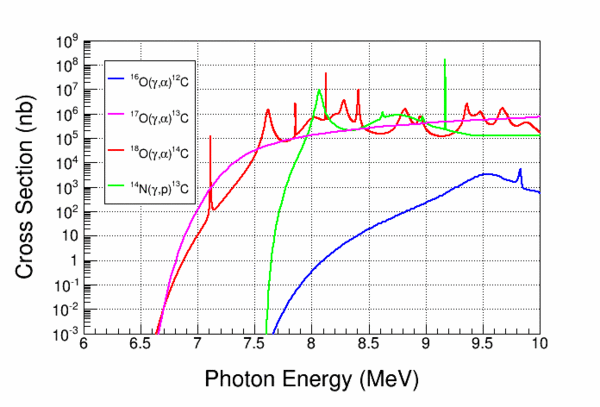Wednesday February 12, 2014
Jump to navigation
Jump to search
We will meet in TL 2236 on Wednesday February 12 at 3:00 pm EST.
For those calling in we'll use the ReadyTalk audio conference system.
1. Dial Toll-Free Number: 866-740-1260 (U.S. & Canada) 2. Enter 7-digit access code 4402297, followed by “#”
Agenda:
1- Bubble Chamber progress at Argonne
2- January 12, 2014: achieved p=9.1 MeV/c or K.E.=8.6 MeV for one hour. Still, suffered from trips; may improve with more processing.
3- Issues raised during Accelerator Seminar on Jan 23, 2014:
- To better control bubble chamber deadtime, do we want to stop the beam when the bubble chamber is not ready for next-event? That is, beam is on only when chamber is in superheat at the operational pressure. We can do that by blocking the laser path. This can be done using the laser shutter system. The Bubble Chamber needs to provide a TTL signal to close the shutter. Then we can set a hold time of 10 s (or the time it takes to quench the bubble, superheat, and stabilize pressure) before opening the shutter again. Closing and opening the shutter is very fast (<< 1 ms). Our laser shutter system is a combination of a Pockels Cell backed by a mechanical shutter. - Is there a nuclear reaction that would help us with the energy measurement? - Can we present a theoretical calculation that shows the impact of JLab projected data on the the knowledge of S(300)?
Notes from this meeting:
- February 16, 2014: In power permit (and no beam), increased the gradients and adjusted to lower values to get about one trip/hour (all are 0L02-8 ARC trips). The final GMeas are: 0L02-7 = 10.22 MV/m and 0L02-8 = 10.40 MV/m. The expected kinetic energy is about 8.7 MeV (from previous momentum measurement in 5D Spectrometer at similar gradients).
- Brad to provide a signal at the start of the bubble formation. This signal will be sent to the laser room to stop the laser. The injector group will provide the circuit needed to keep the laser off for predetermined time (now expected to be 1-2 seconds) to allow for bubble quenching and the re-establishing of the superheat state of liquid.
- 18O(γ,α)14C with its resonances could be the reaction for absolute beam energy calibration.
- We were given the green light for procurements related to the Fast Valve and the Dipole.
- We should plan for a bubble chamber test with Bremsstrahlung beam in October 2014.
